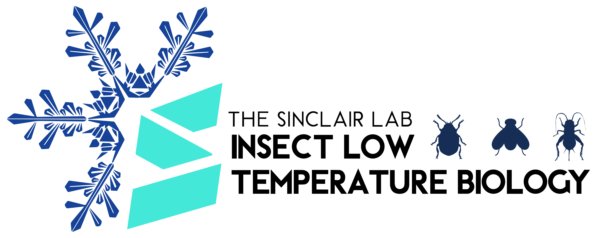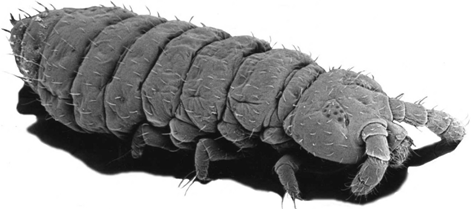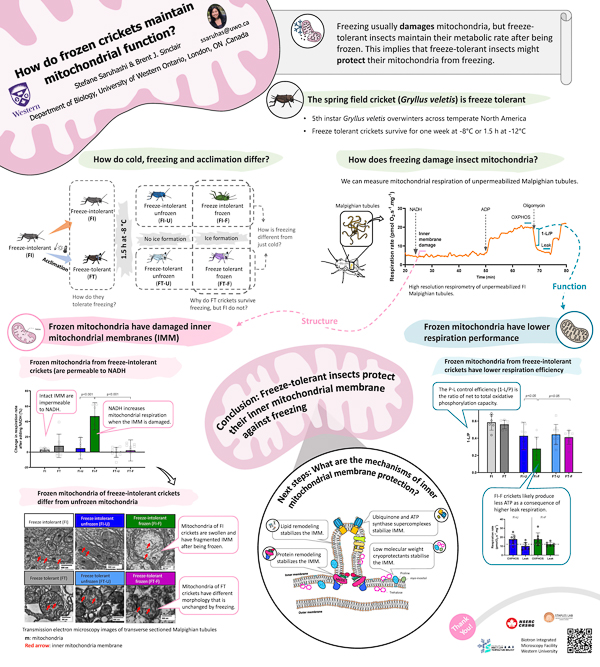


 |

|
 |
| Stefane
Saruhashi |
|||
| Home People Research Publications Vacancies Links Contact Us Biology Home |
I received my BSc, teaching degree, and MSc in Biological Science from the University of Sao Paulo, Brazil - yes, Iím Brazilian! During my undergrad, I mostly worked with amphibians and lizards. I worked with the gliding lizards Draco spp. when I studied aboard at the University of New South Wales, and I described the daily thermal regulation and energetic demand of the toad Rhinella icterica for my honourís thesis. In my Masterís research, I got into the world of insect physiology, studying the thermal sensitivity of a species from the complex Anastrepha frateculus. When I was about to finish my degree in 2019, I met Brent at the symposium ISEPEP 9 and decided to join the Sinclair lab!
I started my PhD at Western University in 2020, to explore the cellular mechanisms underlying the freeze-tolerant of the cricket, Gryllus veletis. Iím investigating whether and how how the crickets protect or repair their mitochondria, the powerhouse of the cell, from freeze-injury in the highly metabolically active tissue, Malpighian tubules. If you like our work, feel free to email me! Here is a link to my most recent poster, from the CSZ 2023 meeting in Saskatoon (click to enlarge):  |
 |
|